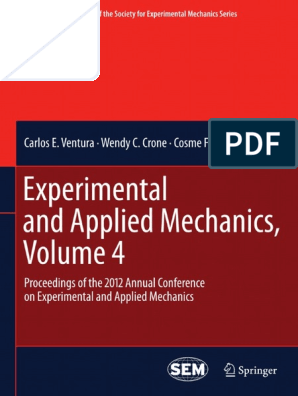0% found this document useful (0 votes)
90 views32 pagesChapter 4 - Source Models
Chapter 4 discusses source models that describe how materials escape from processes, including various release mechanisms and their parameters. It emphasizes the importance of these models for estimating the consequences of accidents, determining risks, and identifying hazards. The chapter also provides equations and examples related to liquid flow through holes and pipes, illustrating the calculations involved in assessing release rates and times.
Uploaded by
Bo AhemdCopyright
© © All Rights Reserved
We take content rights seriously. If you suspect this is your content, claim it here.
Available Formats
Download as PDF, TXT or read online on Scribd
0% found this document useful (0 votes)
90 views32 pagesChapter 4 - Source Models
Chapter 4 discusses source models that describe how materials escape from processes, including various release mechanisms and their parameters. It emphasizes the importance of these models for estimating the consequences of accidents, determining risks, and identifying hazards. The chapter also provides equations and examples related to liquid flow through holes and pipes, illustrating the calculations involved in assessing release rates and times.
Uploaded by
Bo AhemdCopyright
© © All Rights Reserved
We take content rights seriously. If you suspect this is your content, claim it here.
Available Formats
Download as PDF, TXT or read online on Scribd
/ 32



























































































